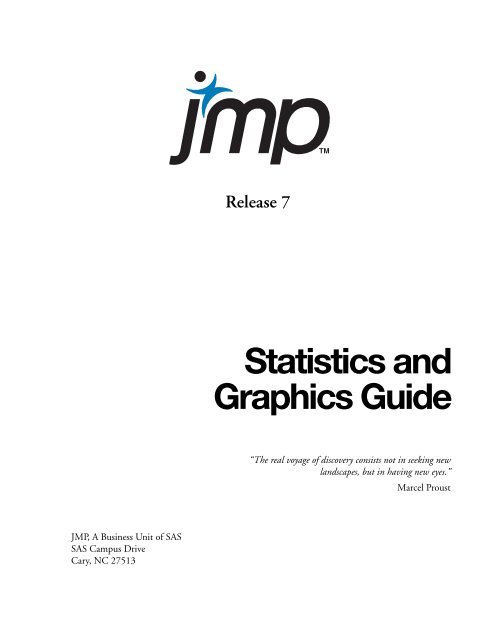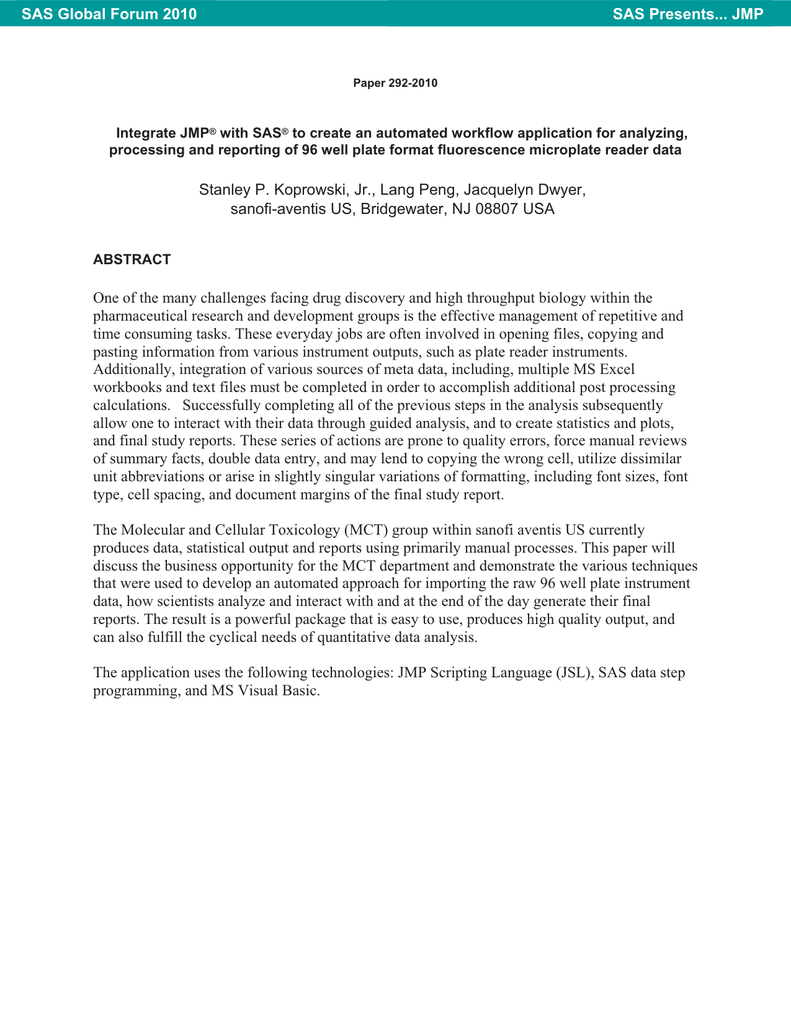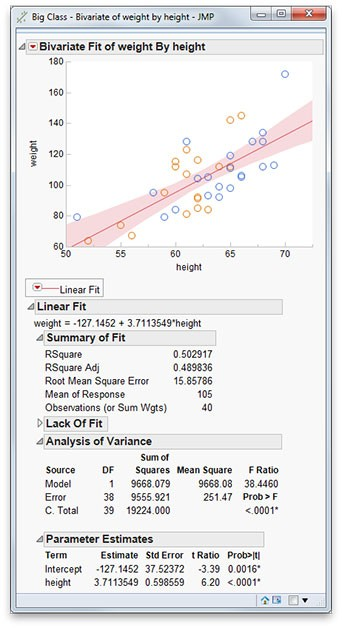

There is a blog post with a recursive implementation of piecewise regression. You could do a spline interpolation scheme to both perform piecewise linear interpolation and find the turning point of the curve. As to higher dimensional piecewise surface regression model, the combinatorial restructuring cannot be simply reused for. Twopiecewise random coefficient model using proc mixed shengjie wu, st. A tutorial on the piecewise regression approach applied to bedload. We will use the BY statement to reshape and group the data by these cities (Subsidiaries).The stepbystep iterative construction of a regression model that involves automatic selection of independent variables. This new data set contains both the shoes’ sales from Johannesburg as well as from Nairobi.

#HOW TO APPLY MEAN FILTER IN SAS JMP HOW TO#
To illustrate how to use the BY statement we create a new data set. If not, you need to sort the data first or add the keyword NOTSORTED to let SAS know that the data is not sorted. SAS won’t transpose the variables that are mentioned in the BY statement.īy default, SAS assumes that the data you want to transpose is sorted by the variables mentioned in the BY statement. With the BY statement, you can define groups of data that must be transposed. The last statement of the transpose procedure we will discuss is the BY statement. Example 3: The PROC TRANSPOSE Statements (BY) Lastly, you can use more than one variable in the ID statement. It is also possible to combine the ID statement with the PREFIX option. If it is a numeric variable, then an underscore “_” is added at the beginning of the variable name automatically. The column you use in the ID statement can be a numeric or character variable. If the variable used in the ID statement contains special characters or blanks, SAS replaces them with an underscore (Women_s_Dress). Use the ID statement of PROC TRANSPOSE to use column values as new column names.Īs you can see in the image above, we used the ID statement to give the columns the names of the product (Boot, Sandal, etc.). Finally, with the OUT option, we specify the name of the output data set as “SHOES_JOBURG_TRNS”. We use the PREFIX option to name the new columns “PRODUCT1”, “PRODUCT2”, etc.
#HOW TO APPLY MEAN FILTER IN SAS JMP CODE#
With the code below we change the _NAME_ column to “VAR_NAME” and the _LABEL_ column to “VAR_LABEL”. If you don’t use the OUT option, SAS will create an output data set with a default name.

Next, we will show how to give the new columns more meaningful names. The rows that are transposed to columns are named COL1, COL2, etc. It has created the columns _NAME_ and _LABEL_, which contain the original column names and its labels. As the image above shows, SAS has transposed the numeric columns Sales and Inventory.


 0 kommentar(er)
0 kommentar(er)
